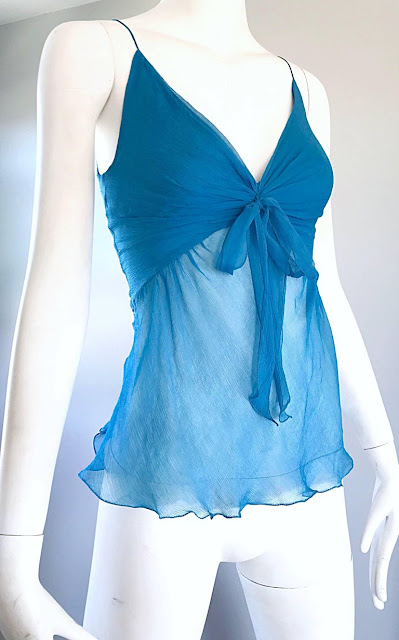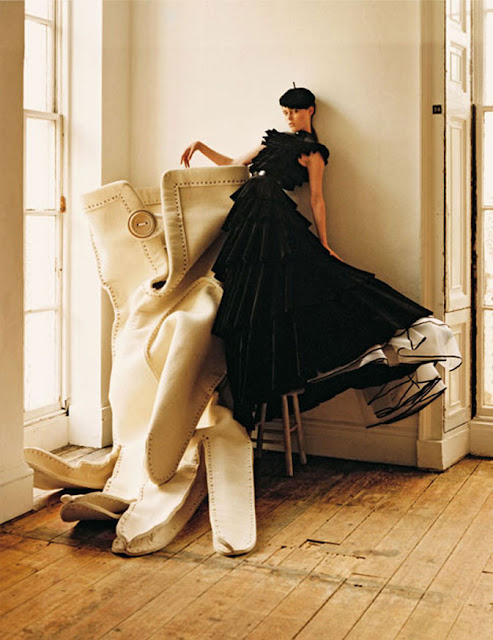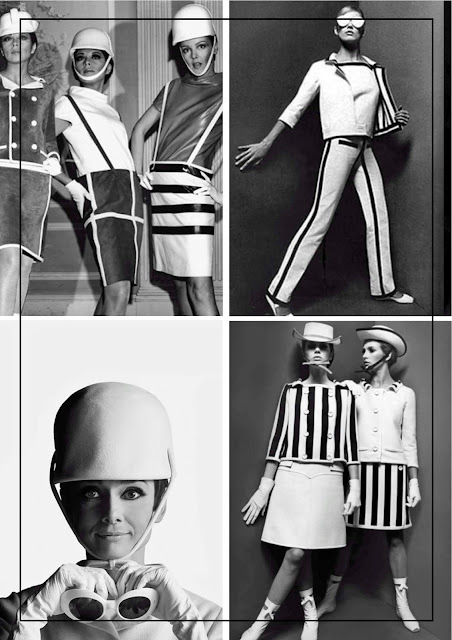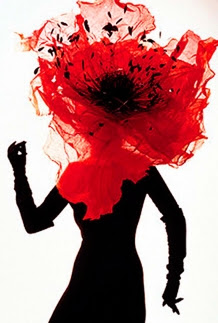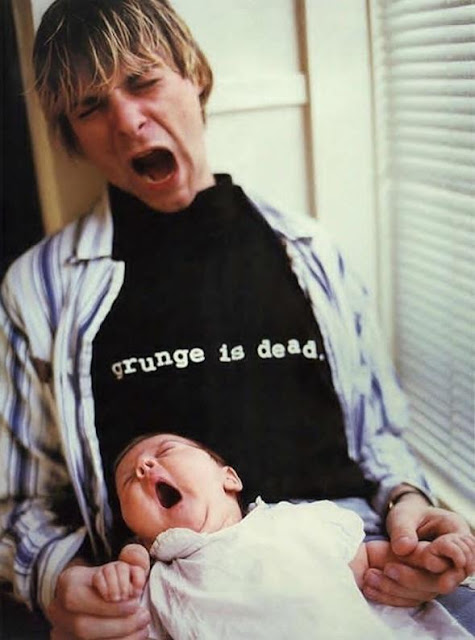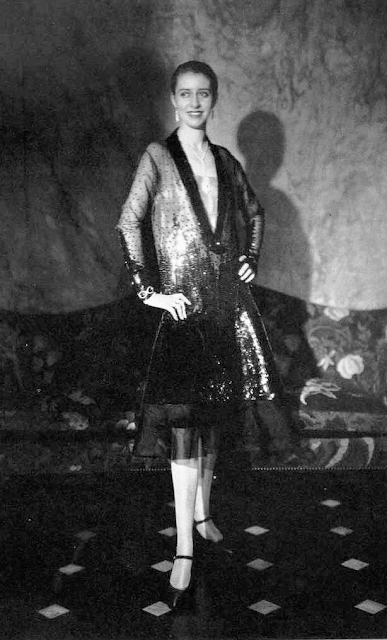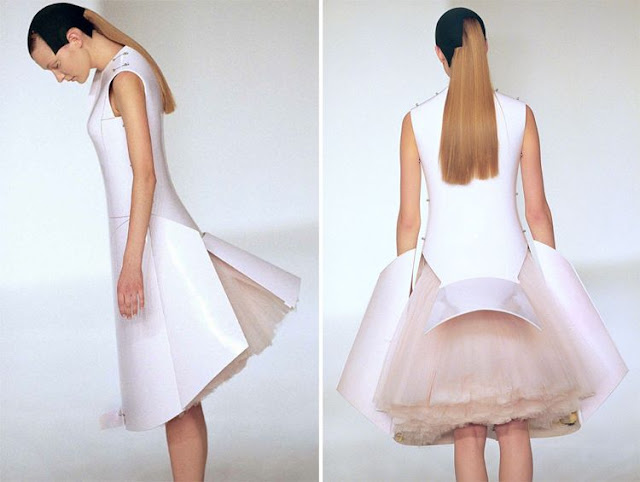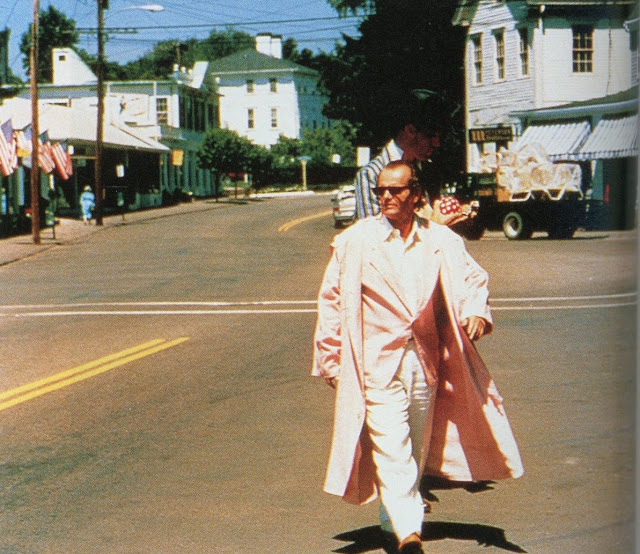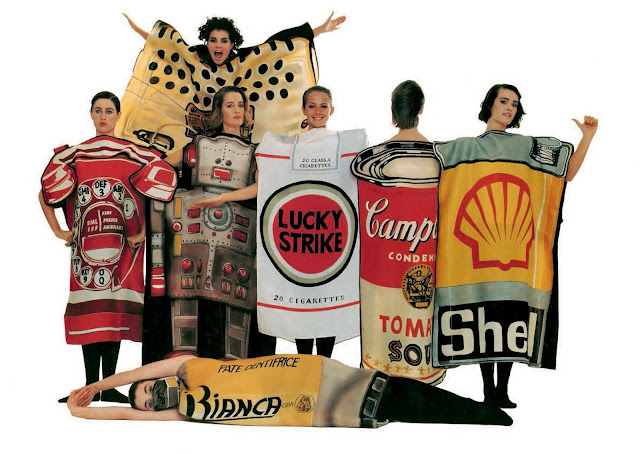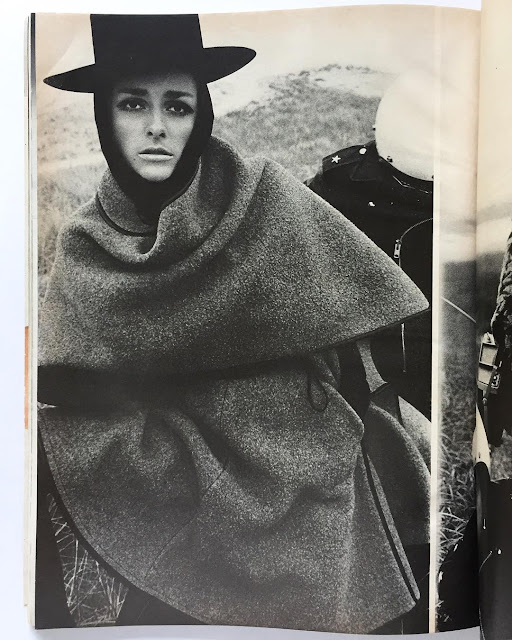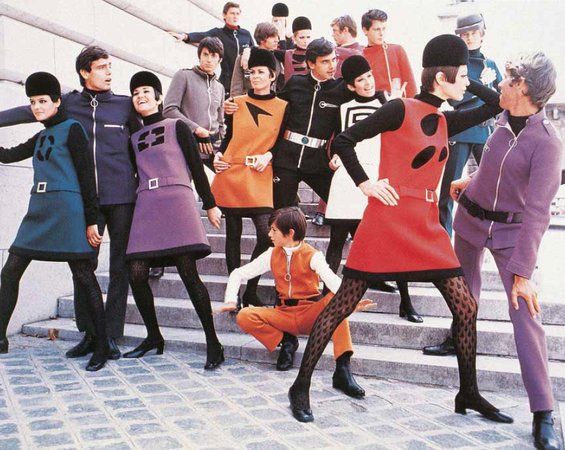Resembling a well-accountred rock band, these models wear pieces from collections spanning fifteen years, illustrating the remarkable consistency of Ann Demeulemeester's vision. Founding her label for women in 1987, with menswear following in 1996, the Antwerp-based designer has remained true to a darkly romantic aesthetic, gypsy elegance and punk rebellion. Her silhouettes are typically long and layered, with lean jackets, waistcoats, tailored knitwear and flowing shirts. Her palette is restrained _ often monochrome _ with richly textured fabrics accented by totemic embellishments of ribbon and feathers. The success of this apparent stylistic asceticism rests on her talent for cutting close to the body yet barely touching it, with panels of her garments curving subtly around the contours of the wearer to create an empowering, yet seductive, carapace.
Also look up for Ackermann, Bikkembergs, Capasa, Thimister, Van Noten




